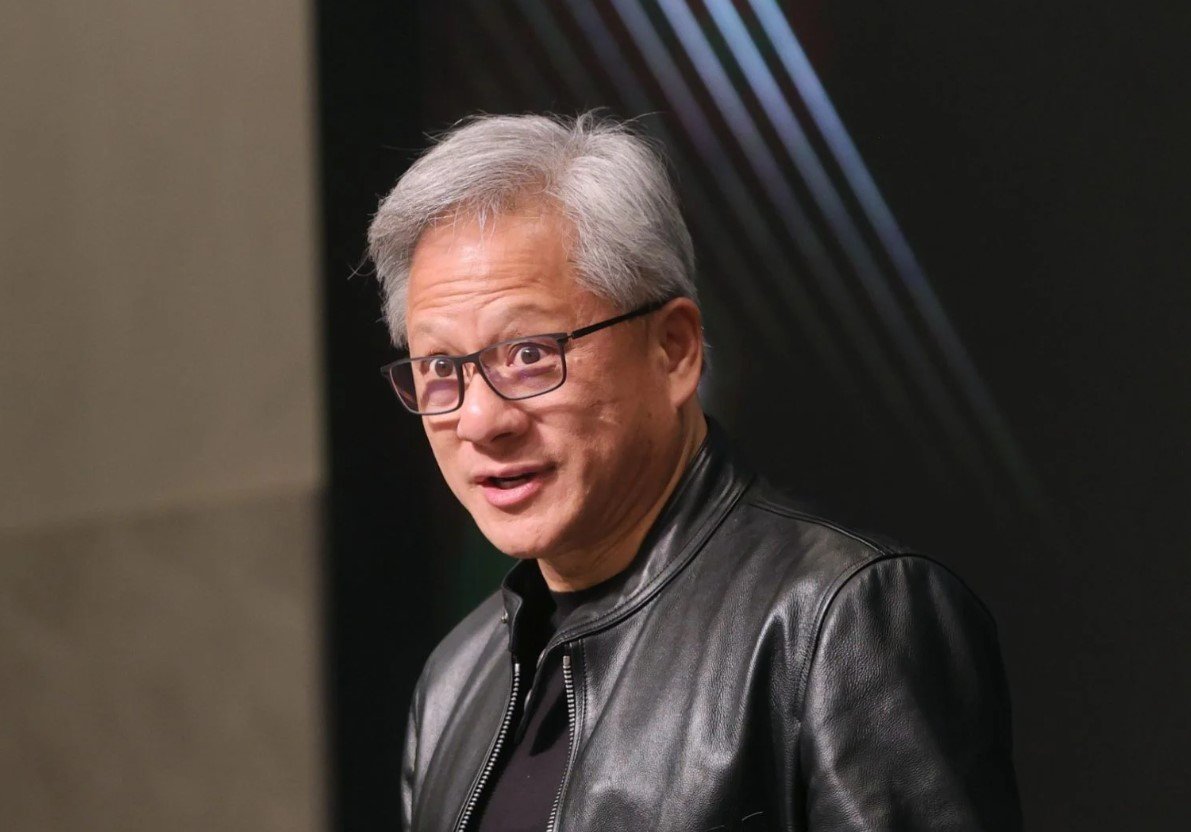Nvidia just crushed Wall Street’s forecasts, posting record revenue and earnings that prove its growth story is far from over. Despite some export setbacks, the AI chip titan showed why it remains the tech industry’s heartbeat.
A Revenue Surge That Silenced Doubters
Nvidia’s latest quarterly results had investors biting their nails—and for good reason. The company pulled in $44.1 billion in revenue for the fiscal first quarter of 2026, a staggering 69% jump compared to last year. That’s not just impressive; it’s downright jaw-dropping. Earnings per share came in at $0.81, up 33%, comfortably beating analysts’ average estimates of $0.75.
The data center segment is the powerhouse behind this surge, clocking $39.1 billion in revenue, up 73% year over year. This division, which handles processors for AI, cloud computing, and data centers, is riding the AI wave harder than anyone else. It’s clear: demand for Nvidia’s AI chips is insatiable.
Now, there’s a twist in the tale. The Trump administration’s tightened export restrictions on AI chips destined for China threw a wrench in the works. Nvidia had to take a hefty $4.5 billion charge related to this hiccup — not ideal, but still less than the $5.5 billion many feared. This led to a hit of roughly $0.15 per share on the bottom line.
Still, even with the charge, Nvidia’s adjusted EPS would have been a solid $0.96—quite a cushion. Operating expenses rose 44%, which is much slower than the revenue jump, giving the profit margin a nice boost. Cash? The company’s got piles—$53.7 billion in cash and marketable securities, up 71%. Free cash flow? A whopping $26.1 billion, soaring 75%.
Jensen Huang, Nvidia’s charismatic CEO, put it bluntly: “Global demand for Nvidia’s AI infrastructure is incredibly strong.” He added that AI computing is becoming infrastructure as essential as electricity or the internet. If that doesn’t get you thinking, what will?

Export Rules and the $8 Billion Question
Looking ahead, Nvidia expects second-quarter revenue to hit $45 billion—a fresh record if it pans out. But here’s the kicker: that figure includes a predicted $8 billion loss because of the export restrictions on the H20 chips. So, without that, revenue would be even higher.
This tangled situation paints a complex picture for Nvidia. Export rules are a wildcard that can’t be ignored, but the company’s fundamentals look solid enough to absorb the blow. Despite the hurdles, investors are staying positive.
Right now, Nvidia trades at about 32 times next year’s expected earnings—a modest premium considering the company’s expected 39% profit growth this year and another 35% in fiscal 2026. For a tech stock, especially in AI, that’s actually pretty reasonable.
Cloud Giants Are Betting Big on Nvidia
One thing stands out in Nvidia’s story: it’s deeply tied to the giants of the cloud. CFO Colette Kress revealed that large cloud service providers make up just under half of the data center revenue. That means Amazon Web Services, Microsoft’s Azure, and Google Cloud collectively account for 44% of Nvidia’s total revenue. Meta also plays a growing role, pumping more money into data centers to power AI.
This points to a continued, massive build-out of AI infrastructure worldwide. The biggest tech companies are spending big to stay ahead, and Nvidia is the go-to supplier for their GPUs. The company dominates the data center GPU market with more than 90% market share. That’s a near monopoly.
Here’s a quick glance:
| Segment | Q1 Revenue (Billion $) | YoY Growth | Market Share |
|---|---|---|---|
| Data Center | 39.1 | +73% | >90% (GPU market) |
| Total Revenue | 44.1 | +69% | — |
| Cash & Market Securities | 53.7 | +71% | — |
| Free Cash Flow | 26.1 | +75% | — |
With such dominance and strong demand, Nvidia looks set to keep reaping the rewards for years.
What This Means for AI’s Future and Investors
So what’s the big takeaway? Nvidia is not just surviving the challenges thrown at it; it’s thriving and growing in a major way. The export rules could have been a fatal blow, but the company absorbed the hit and still posted monster results.
The AI revolution isn’t slowing down, and Nvidia is at the heart of it. AI is being recognized globally as foundational tech—something you just can’t live without anymore. Huang’s statement on AI being as essential as electricity or the internet isn’t hype; it’s a glimpse at a seismic shift.
Investors see this, too. Despite the stock trading at a premium, many are still buying, betting on Nvidia’s long-term growth story. For those who believe AI will keep reshaping industries and economies, Nvidia is an obvious pick.
Is the rally over? Probably not. But if the export restrictions loosen or new markets open up, Nvidia’s upside could be enormous. It’s a high-wire act with some risk, sure, but the rewards might just be worth the gamble.
































